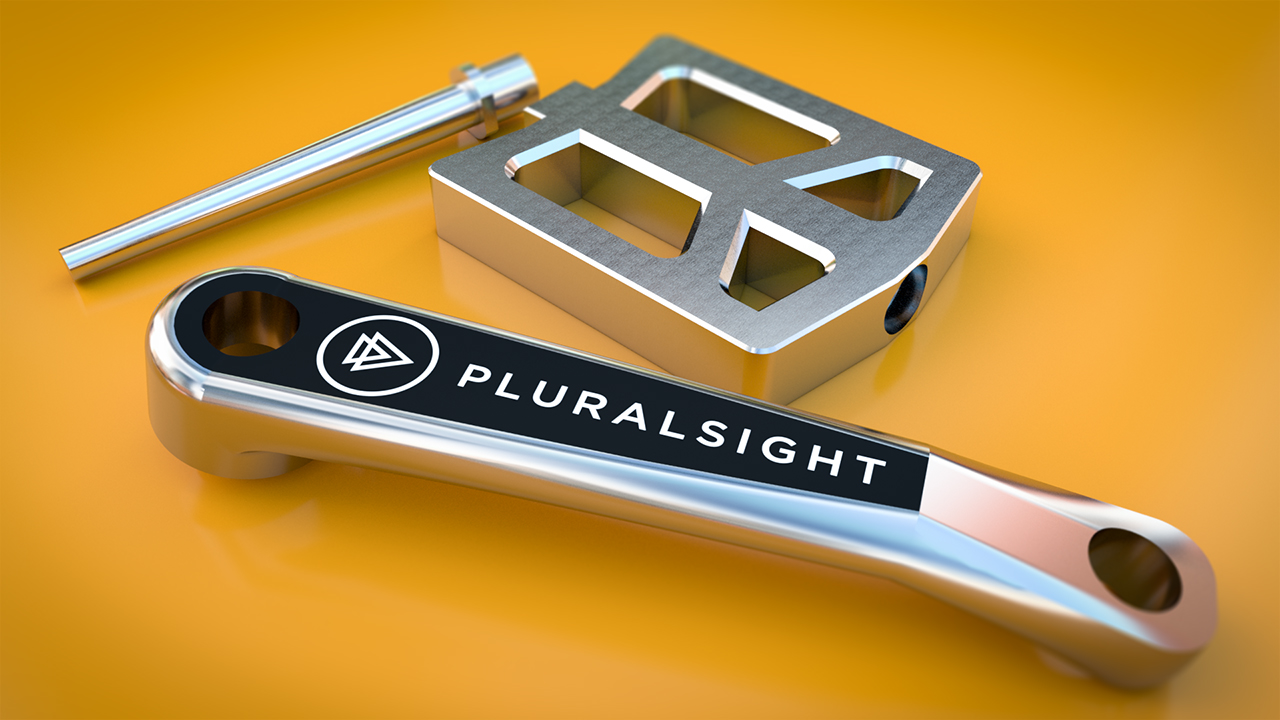- Course
Fusion 360 CAM: Toolpath Essentials
CNC milling is a fundamental process in manufacturing and design. This course will teach you how to leverage the power of Fusion 360 CAM to achieve the latest industry standard in CNC toolpath programming. Software required: Fusion 360.

- Course
Fusion 360 CAM: Toolpath Essentials
CNC milling is a fundamental process in manufacturing and design. This course will teach you how to leverage the power of Fusion 360 CAM to achieve the latest industry standard in CNC toolpath programming. Software required: Fusion 360.
Get started today
Access this course and other top-rated tech content with one of our business plans.
Try this course for free
Access this course and other top-rated tech content with one of our individual plans.
This course is included in the libraries shown below:
- Core Tech
What you'll learn
Have you ever wondered how to create 2D and 3D toolpaths in Fusion 360? If so, this course is for you. In this course, Fusion 360 CAM: Toolpath Essentials, you'll master the fundamentals of the setup process all the way though programming 3D toolpaths. First, you'll explore the process of setting up a Work Coordinate System. Next, you'll discover some of the essential 2D facing and adaptive strategies for fast material removal. Finally, you'll dive into the 3D adaptive strategies as well as finishing strategies involving ball, end mills, and engraving. When you're finished with this Fusion 360 course, you'll not only understand the CAM environment of Fusion better, but you'll also feel confident in setting up and milling your own custom CNC parts. Software required: Fusion 360.

